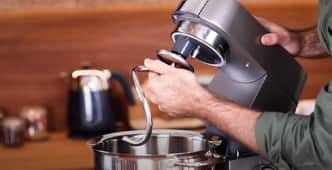Comment préparer des pâtes fraîches à la maison ?
Il y a quelque chose de très spécial dans le fait de préparer vos propres pâtes fraîches maison. Bien que l’option des pâtes sèches (achetées en magasin) ne soit jamais mauvaise, rien ne ressemble à des pâtes fraîches maison.
Ce guide vous présente l’univers des pâtes fraîches, en vous fournissant les ingrédients et les méthodes nécessaires, ainsi que des informations sur la conservation, la cuisson et les réponses aux questions les plus fréquentes. Vous y trouverez également une sélection de recettes à tester.
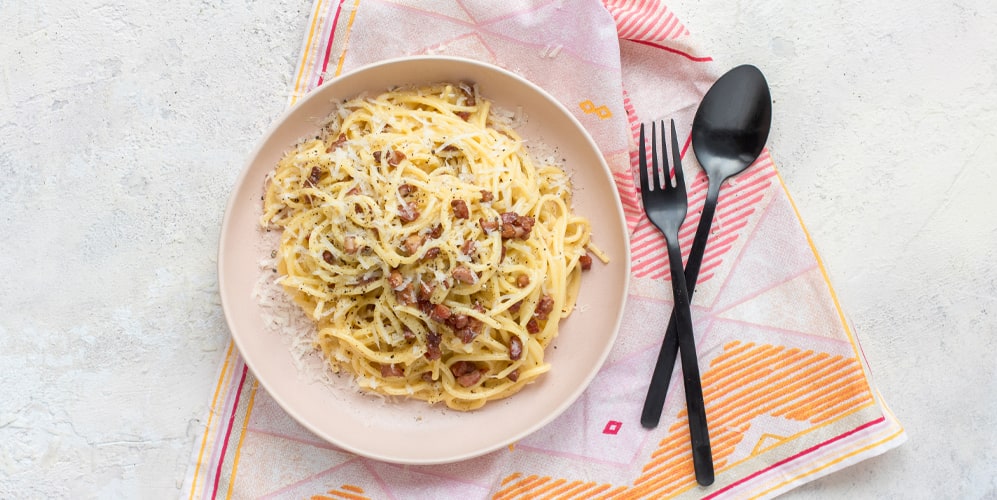
Why make homemade pasta?
Learning how to make fresh pasta is hugely rewarding for any foodie and leaves you with a great sense of pride afterward – especially when you see your family or friends tucking into a bowl of ravioli, tortelli or spaghetti that you have made.
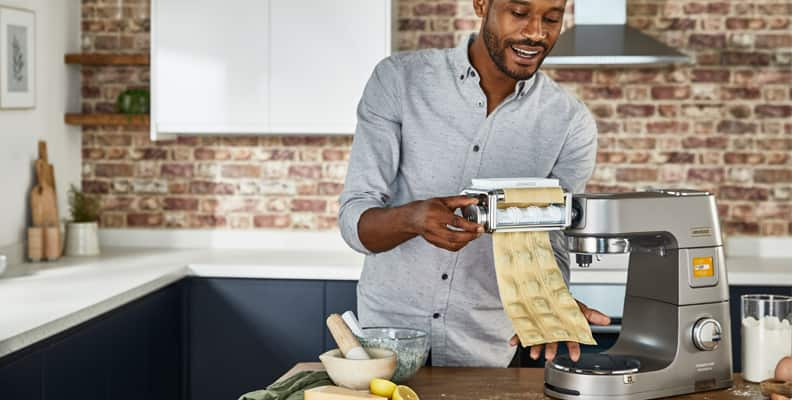
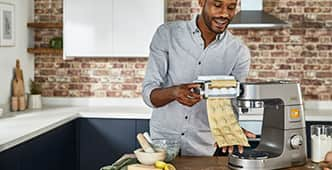
Once you have mastered the basics, you can start to experiment more and have fun with it.
As well as the standard pasta recipe, you can get creative, with home chefs using different natural ingredients to turn their pasta into a variety of colours. Squid Ink is used to turn your pasta black; Spinach makes it green; Tomato paste gives it an orange hue; and Beetroot results in a vibrant purple colour.
Adding these ingredients to your dough will also allow you to test out different flavours. Other things to try include:
Freshly chopped herbs, such as basil, parsley, or mint
Ground spices, such as turmeric, chilli flakes or paprika
Roasted peppers
Cocoa powder
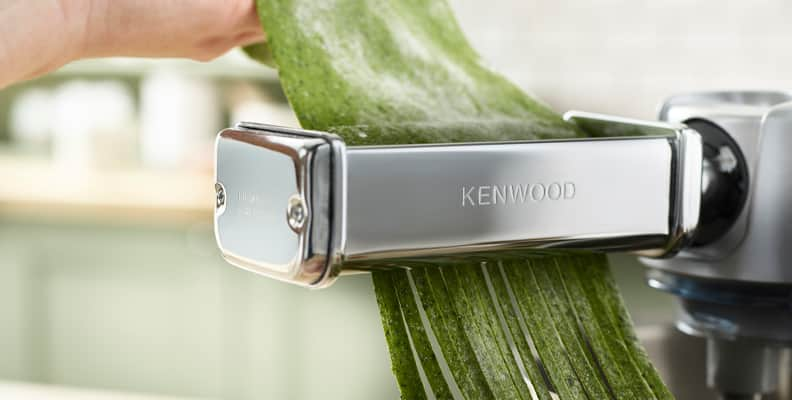
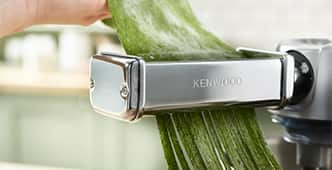
Pasta makers, cutters and shaper attachments for your food mixer can make this even easier and quicker.
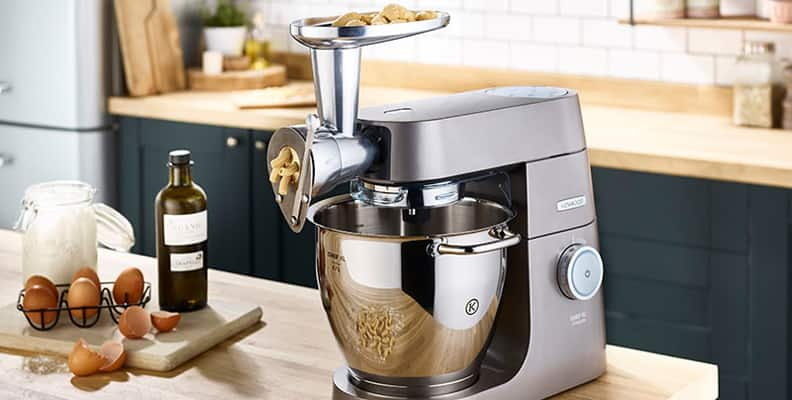
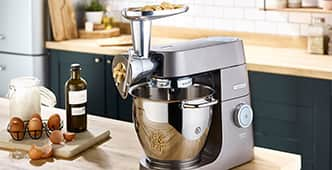
Homemade pasta ingredients
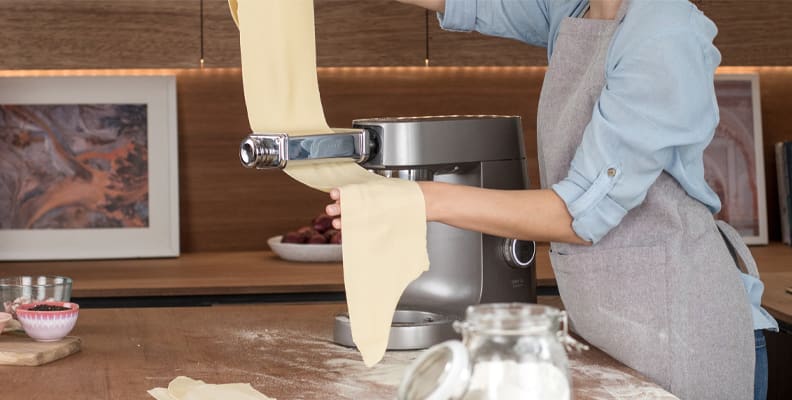
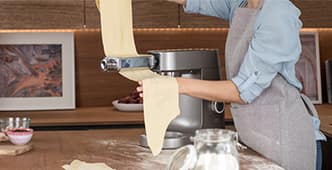
Different recipes have slightly different requirements, as you will see with the recipes we feature below, with some of them requiring additional optional ingredients such as olive oil (which can also help to bind your dough) or semolina.
When it comes to flour, some recipes simply use plain flour, whereas others suggest you use ‘Type 00’. This is a fine, white Italian flour used specifically for fresh pasta making. It is commonly sold in major supermarkets, but your favourite Italian deli or online food supplier will also stock it.
Several people start to experiment with mixing flours too. For example, using a mix of ‘00’ and semolina flour makes the pasta more robust than just using the more delicate pure ‘00’. Depending what type of sauce you are planning on using, you might want to try a different combination.
Homemade pasta equipment
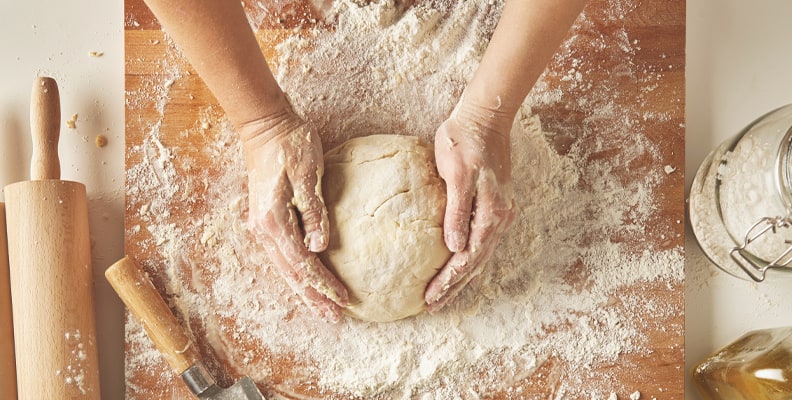
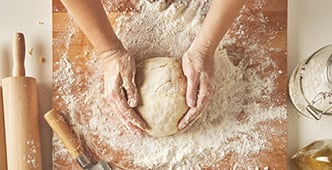
Taking this step further, you can use a mechanical pasta maker to help you roll the pasta dough to the required thickness.
To help speed up the dough-making part of the process is to use a food processor, rather than the fork method.
And another option which really helps you make your dough simply is to use a stand mixer. Not only will you be able to speed up the process of mixing the dough, but there are also a wide range of useful pasta attachments, including shapers, rollers and cutters.
A final optional piece of equipment is a pasta drying rack. These are typically wooden and look great in your kitchen with ribbons of fresh pasta drying on them.
L’utilisation d’un robot pâtissier multifonction pour préparer vos pâtes fraîches vous permettra d’économiser du temps et d’avoir un résultat très régulier et esthétique.
1. Először illeszd a dagasztókart az álló mixerbe, és tedd bele a hozzávalókat a tálba (a tészta receptjétől függően)
2. Ezután használd a 2. sebességfokozatot, és keverd kb. 3 percig. A keveréknek olyan állagúnak kell lennie, hogy morzsalékosnak nézzen ki, de mégis nedves legyen. Ha kissé száraznak tűnik, adj hozzá egy evőkanálnyi vizet, ha pedig túl ragadós, adj hozzá egy kis lisztet
3. Vedd ki a keveréket a tálból, tedd egy lisztezett gyúródeszkára, majd kézzel gyúrd addig, amíg sima tésztát nem kapsz
4. Kézzel formázz belőle labdát, csomagold be a tésztát, és hagyd legalább 15 percig szobahőmérsékleten pihenni (bár ez akár 2 óra is lehet, ha közben valami mást kell csinálnod)
5. Ekkor itt az ideje, hogy tésztát tésztalapokká formázd. Először nyújtsd ki a sodrófával lapos, ovális korong alakúra. Ezután fogd meg a lapos tésztát, és vezesd át az álló mixer tésztanyújtó tartozékán, a görgőn, 1-től 6-ig vagy 7-ig módosítva a beállítást, hogy elérd a megfelelő vastagságot (ez általában 1-2 mm között van). A tészta kézzel vagy manuális géppel is kinyújtható, de ha használtad már a mixer kiegészítőjét, rá fogsz jönni, hogy mennyivel könnyebb így. Másik lehetőségként továbbra is kinyújthatod kézzel is
6. Miután kinyújtottad a tésztalapokat, a különböző tésztavágók segítségével eltérő szélességűre vághatod, hogy lasagne, spagetti, trenette vagy fettuccine készüljön belőle, vagy ha szeretnéd, kézzel is felvághatod. Töltött tészták, például ravioli vagy tortellini készítésére is használható.
7. Utolsó lépésként a tésztát kb. 30 percig szárítani kell, tésztaállványon vagy „fészkek” kialakításával
Hogyan készítsünk tésztát kézzel
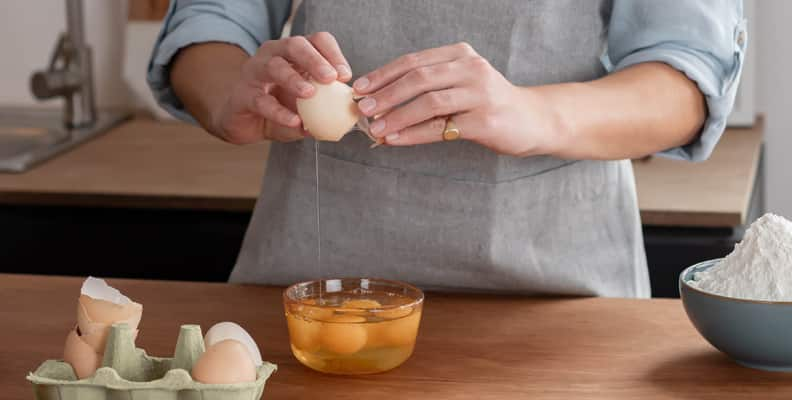
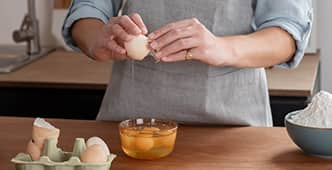
1. Öntsd ki a lisztet és készíts belőle halmot a deszkán vagy a munkafelületen. Készíts egy mélyedést a közepébe, és add hozzá a többi hozzávalót a liszthez, egy villával szétnyomva a tojásokat a folyamat során
2. Kézzel keverd össze az összetevőket, amíg egy nagyjából labda alakú tésztát nem kapsz
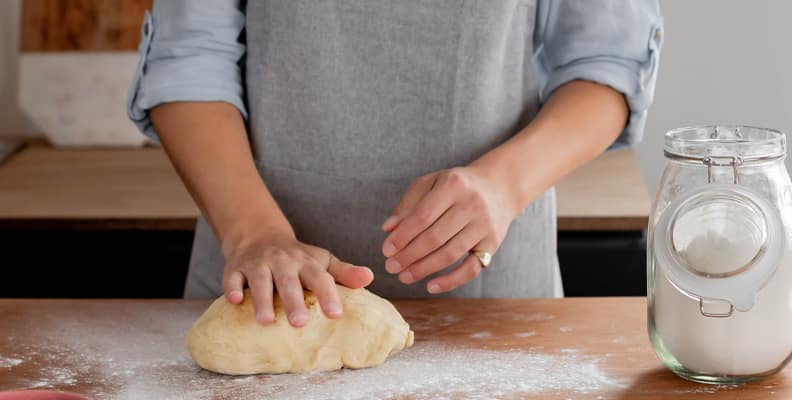
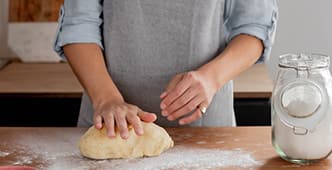
4. Wickel den Teig ein und lasse ihn etwa 30 Minuten lang bei Raumtemperatur ruhen
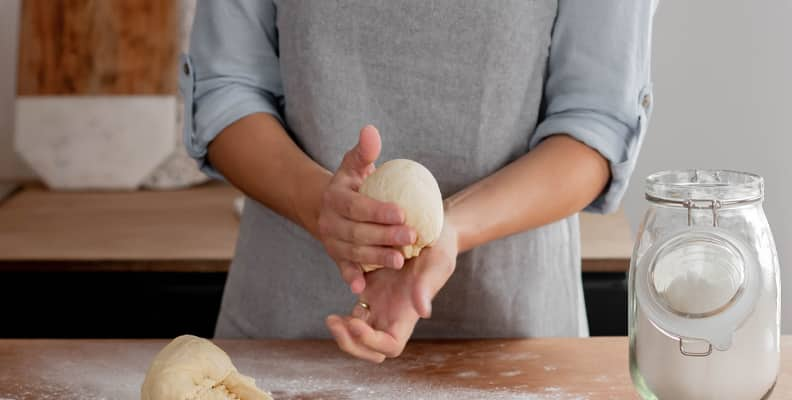
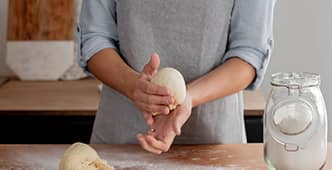
6. Schneide ihn mit einem scharfen Messer in unterschiedlich breite Bänder, je nachdem, welche Pastasorte du zubereiten möchtest (zum Beispiel Tagliatelle, Pappardelle oder Fettuccine). Bestäube diese mit etwas Mehl, damit sie nicht kleben bleiben
7. Abschließend musst die Pasta trocknen, indem du einen speziellen Aufsatz verwendest oder einzelne „Nester“ machst
So kochst du frische Pasta
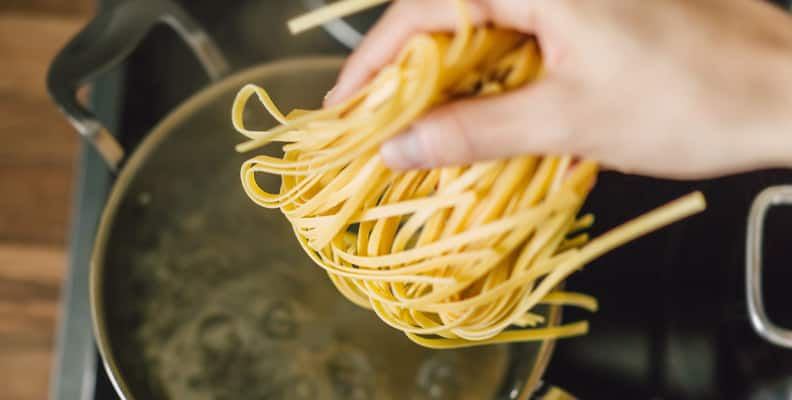
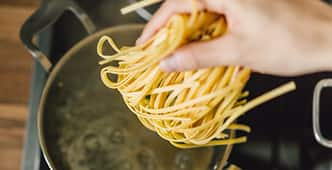
Das Wichtigste beim Kochen von frischer Pasta im Vergleich zu getrockneter Pasta ist, dass die Kochdauer viel kürzer ist.
Je nach Dicke können sie in nur 15 Sekunden fertig gekocht sein, wobei viele Pastasorten in etwa 2–3 Minuten „al dente“ sind, was du eigentlich erzielen möchtest.
Um deine Pasta zu kochen, gib sie einfach in einen großen Topf mit kochendem und gesalzenem Wasser. Gib die Pasta dazu, rühre sie vorsichtig um und bringe sie wieder zum Kochen. Beginne dann mit der Zeitmessung für die gewünschte Kochdauer.
Sobald die Pasta gekocht ist, lass sie sofort abtropfen und serviere sie so schnell wie möglich.
A friss tészta tárolása
Ahogy a neve is sugallja, a friss tésztát a legjobb röviddel az elkészítése után fogyasztani. Tedd egy légmentes tárolóedénybe és két napon belül főzd meg.
A jó hír az, hogy a nyers friss tésztát akár egy hónapra is lefagyaszthatod.
A főzést követően valószínűleg még másnap is jó lesz, ha esetleg nem tudtad mindet megenni vagy ha egy étkezéshez túl nagy mennyiséget készítettél.
As the name suggests, fresh pasta is best consumed soon after you have made it. You should put it into an airtight container and cook it within two days. The good news is you can freeze uncooked fresh pasta for up to one month. Once cooked, it’s likely to still be good the next day, if you’ve found you haven’t eaten it all or ended up making too much for one meal.
Making your own fresh pasta means you can re-visit some of your favourite dishes or start to create your own family favourites. It also allows you to really put your creative skills to the test with lots of flavours. And this creativity gets even more exciting when you consider the huge variety of fresh pasta recipes you can try and enjoy.
Ranging from a simple classic like a spaghetti bolognaise to the more complex prosciutto, ricotta and parmesan tortelloni with pea pesto, pasta recipes are flexible and offer numerous meat-free options.
Here is a small selection of our favourites:
Carbonara
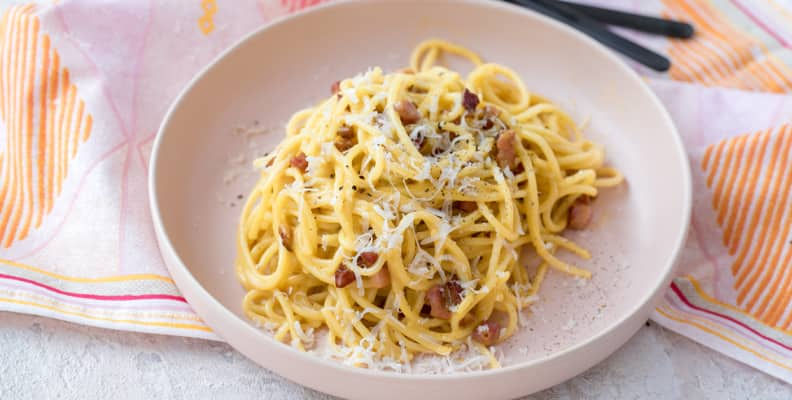
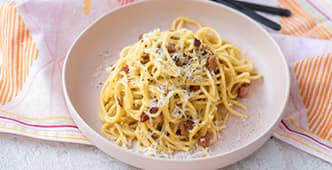
Get the recipe
Chicken pesto roll-up lasagne
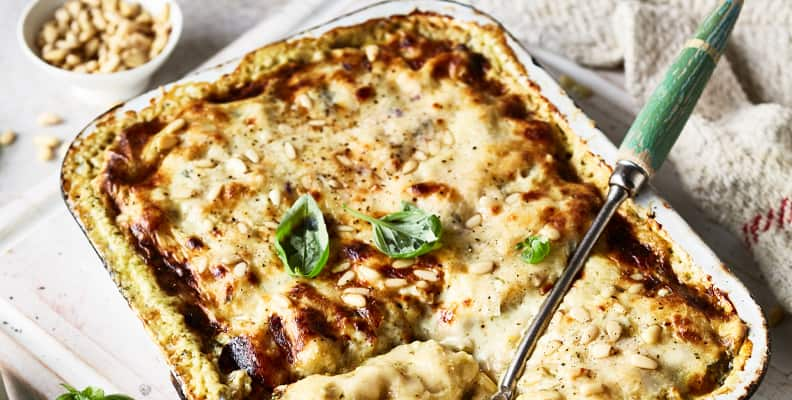
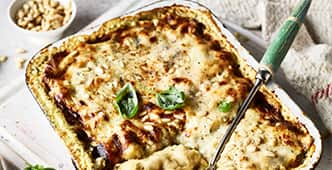
Get the recipe
Squid ink pasta with scallops
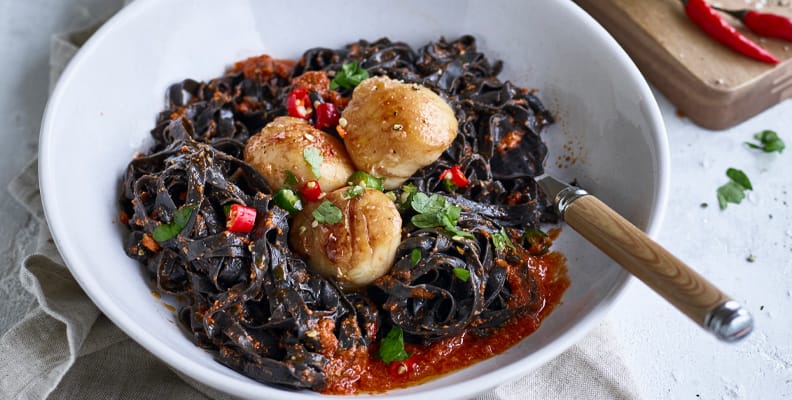
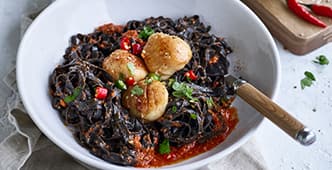
Get the recipe
Spinach and ricotta tortellini
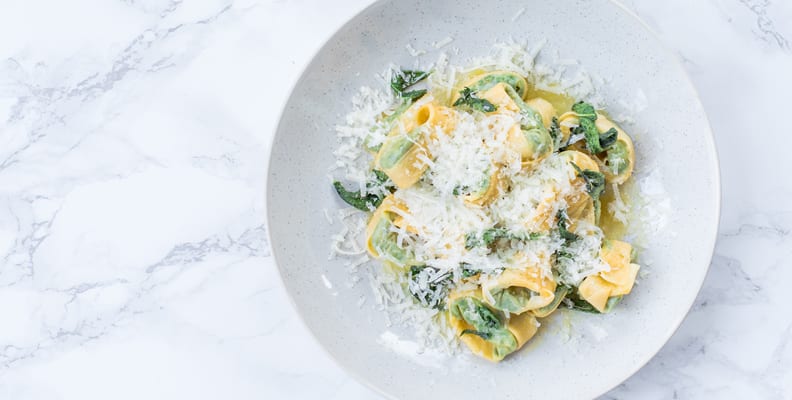
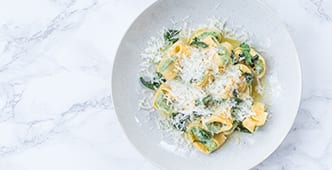
Get the recipe
Crab ravioli
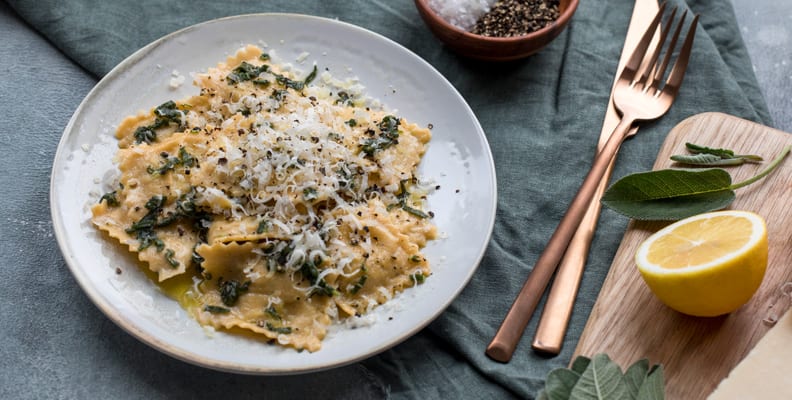

Get the recipe
FAQ sur la fabrication des pâtes
Cet article vous a, nous l’espérons, fourni beaucoup d’informations sur la fabrication de vos propres pâtes. Toutefois, vous trouverez ci-dessous un résumé des principales questions fréquemment posées.
Quelle farine est la meilleure pour faire des pâtes ?
Il est communément admis que le type de farine le plus adapté à la préparation de pâtes fraîches est la « 00 ».
Il s’agit d’une farine blanche, et le double zéro fait référence à la grossièreté de la texture. La farine simple zéro (« 0 ») est grossière et la triple zéro (« 000 ») est fine, la « 00 » se situant au milieu.
Comme mentionné ci-dessus, vous pouvez trouver de la farine « 00 » dans les grandes surfaces alimentaires, les épiceries italiennes et les magasins alimentaires spécialisés, ainsi que chez les revendeurs alimentaires en ligne.
Devez-vous utiliser des œufs ou de l’eau dans vos pâtes fraîches ?
À moins que vous ne prépariez des pâtes végétaliennes, les œufs sont la meilleure solution car ils hydratent les pâtes.
Les œufs aident à créer le réseau glutinique pour une bonne structure et une bonne forme de la pâte. Ils permettent également de rendre la pâte lisse et soyeuse.
Certaines recettes de pâtes fraîches utilisent de l’eau au lieu d’œufs, ce qui semble remonter à l’époque du rationnement qui a suivi la Seconde Guerre mondiale, où les œufs étaient rares.
Sélectionner la bonne forme de pâtes
L’un des aspects les plus intéressants des pâtes est la grande variété de formes qu’elles peuvent prendre. Cela signifie que vous pouvez vous amuser pendant des heures à faire des expériences en cuisine.
Pour associer la bonne forme de pâtes à la bonne sauce, il convient de suivre quelques règles :
| La forme des pâtes | Le type de pâtes | La sauce idéale |
|---|---|---|
| Longues et fines | Spaghettis, linguines, vermicelles, bucatinis, cheveux d’ange, reinettes et fideos | Sauces à base de tomates, de crème ou d’huile |
| Longs rubans | Lasagnes, pappardelles, tagliatelles, fettuccines | Sauces à la viande ou sauces crémeuses |
| Tubes | Pennes, rigatonis, macaronis, tubinis, pennes rigates, zitis | Sauces aux légumes, bolognaise, ragoût |
| Torsades | Fusillis, rotinis, campanelles, gemellis | Sauces légères et lisses, notamment le pesto |
| Coquillages | Conchiglies, pipes rigate, cavatellis | Sauces à la crème ou à la viande |
| Pâtes garnies | Tortellinis, raviolis ou tortellonis | Sauces légères au beurre et à l’huile |
| Mini-formes | Orzo, anellis, orecchiettes, tripolinis | Soupes, plats mijotés ou salade de pâtes |
Les accessoires à pâtes pour les robots sont très utiles, car ils peuvent vous aider à créer facilement un certain nombre de formes différentes.
Est-il possible de congeler des pâtes fraîches non cuites ?
Les pâtes fraîches non cuites peuvent être congelées si nécessaire.
Lorsque vous les avez préparées, laissez-les sécher pendant environ 15 à 30 minutes, puis conservez-les dans une boîte hermétique au congélateur. Vous pouvez également congeler la pâte avant de la rouler et de la couper : prêt à sortir pour créer un repas facile et rapide quand vous en avez besoin.
Comme la plupart des aliments surgelés, il vaut mieux les consommer dès que possible, de nombreuses personnes suggèrent qu’elles ne doivent pas être congelées pendant plus d’un mois.
Vous pouvez les décongeler pendant quelques heures au réfrigérateur, ou les cuire toutes droit sorties du congélateur. Gardez simplement un œil sur le temps de cuisson, qui devra être un peu plus long.
Prêt à faire vos propres pâtes ? Commencez avec Kenwood.
Maîtriser la réalisation de pâtes fraîches aussi bonnes que belles est très gratifiant. Vous pouvez varier les saveurs, les formes et les couleurs !
Il vous faudra acquérir le « coup de main », mais l’utilisation d’un robot pâtissier multifonction vous facilitera la tâche.
Il existe une variété impressionnante de recettes à essayer et, plus important encore, à déguster. Quelques recettes qui pourraient vous tenter :
Tagliatelles courgette et tomate
